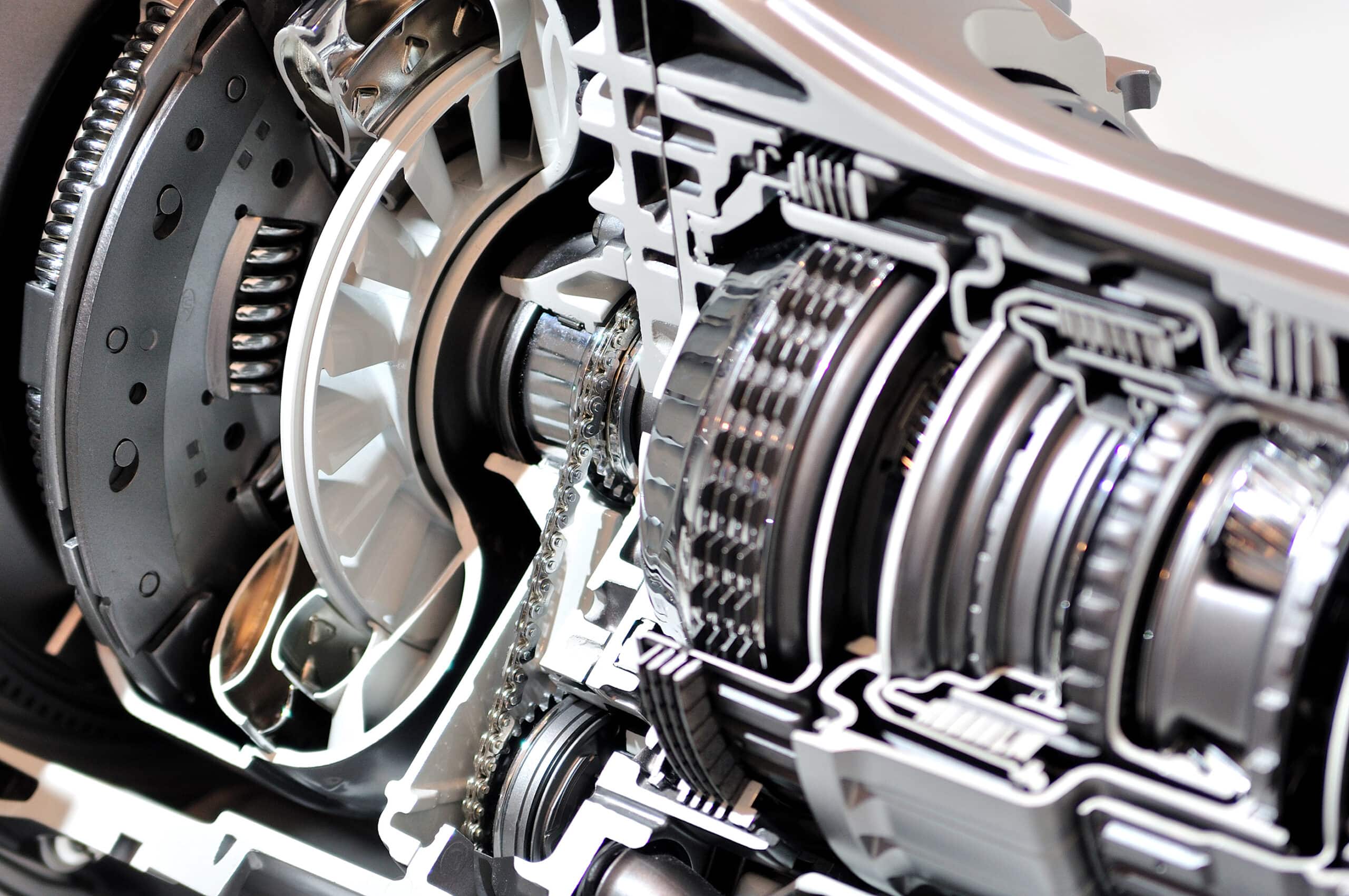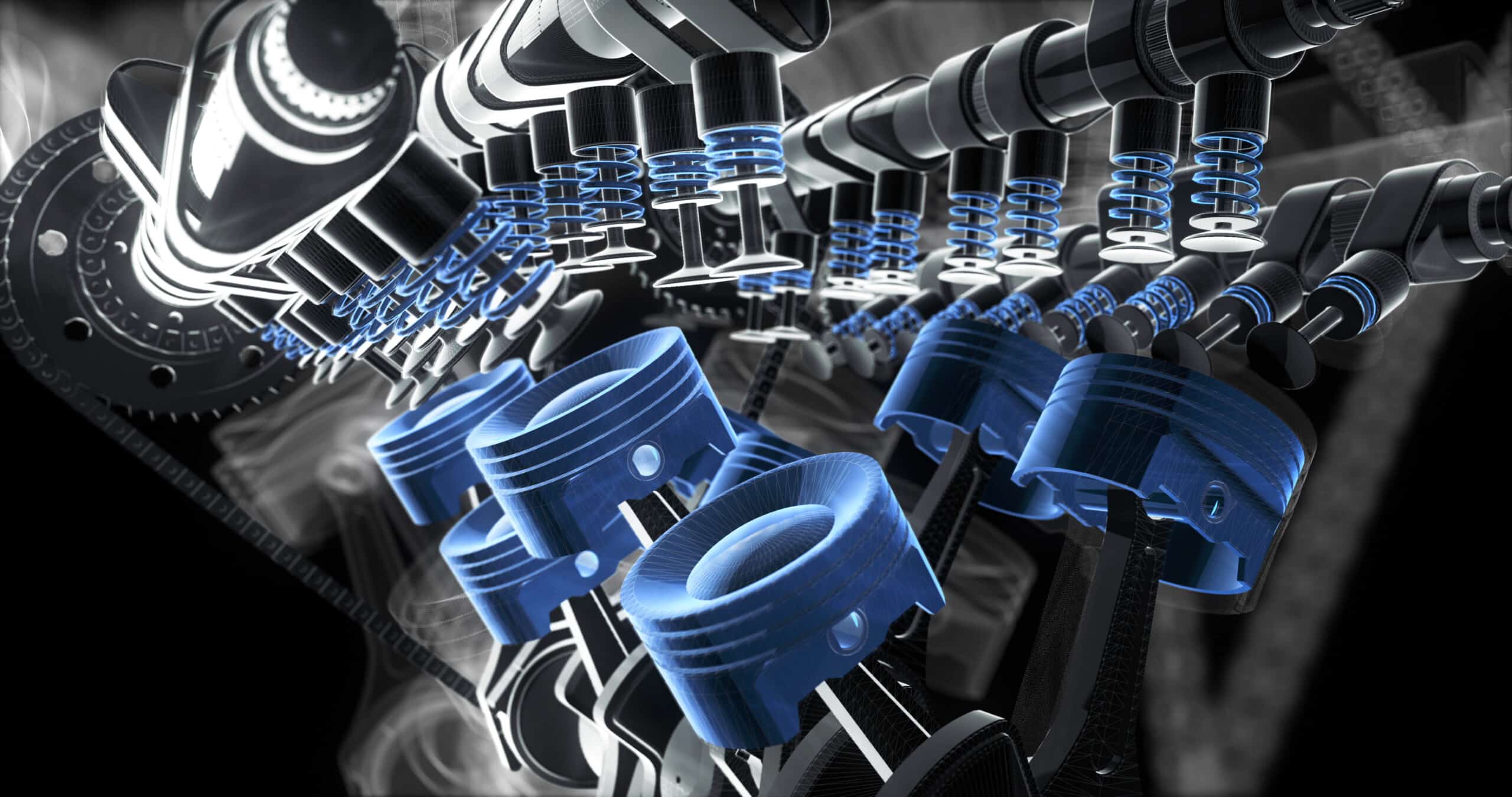
In the world of automobiles, the transmission plays a pivotal role in determining how power is delivered from the engine to the wheels. For the average driver, the transmission might be a mysterious black box, but for enthusiasts and those seeking high performance, the choice between a performance transmission and a regular transmission can make a world of difference.
Regular Transmissions: The Workhorses
Before we dive into the comparison, let’s establish a fundamental understanding of what a transmission does and how it fits into the grand scheme of an automobile’s drivetrain. At its core, a transmission is a complex mechanical device that enables a vehicle to shift gears and vary the power being sent from the engine to the wheels.
Regular transmissions, often referred to as “automatic” or “manual” transmissions, are designed with a primary focus on delivering smooth, efficient, and comfortable driving experiences for the average consumer. They come in two main types:
1. Automatic Transmissions
Automatic transmissions have been the staple of the automotive industry for many years. They are designed to shift gears automatically, eliminating the need for the driver to manually engage the clutch and shift gears. This design caters to convenience, particularly in stop-and-go traffic, and ensures smoother gear changes for a hassle-free driving experience.
2. Manual Transmissions
Manual transmissions, also known as “stick-shift” transmissions, require the driver to manually operate the clutch and shift gears. While they may seem outdated to some, they offer a level of control and engagement that enthusiasts find appealing. Manual transmissions are often praised for their reliability and simplicity, making them a popular choice among purists.
Performance Transmissions: The Powerhouses
Performance transmissions, on the other hand, are engineered with a different objective in mind – to maximize the power, torque, and responsiveness of a vehicle. They are tailored to meet the demands of high-performance applications, such as sports cars and racing vehicles. Two types of performance transmissions are commonly used:
1. Dual-Clutch Transmissions (DCT)
Dual-clutch transmissions are a modern marvel of engineering. They utilize two separate clutches to engage and disengage gears. One clutch manages even-numbered gears, while the other handles odd-numbered gears. This arrangement allows for extremely quick and seamless gear changes, making DCTs a top choice for high-performance vehicles.
2. Sequential Manual Transmissions (SMT)
Sequential manual transmissions are a hybrid between manual and automatic transmissions. They require manual input for gear changes but do not use a traditional H-pattern shifter. Instead, the gears are selected sequentially, typically through paddle shifters mounted on the steering wheel. SMTs are commonly found in racing cars, providing drivers with precise control and lightning-fast shifts.
The Performance Transmission Advantage
Now that we’ve introduced the primary types of transmissions, let’s delve deeper into why performance transmissions offer a significant advantage for those seeking top-tier performance from their vehicles.
1. Lightning-Fast Gear Changes
One of the most apparent advantages of performance transmissions is their ability to execute rapid gear changes. In the world of motorsports, fractions of a second can make all the difference. Performance transmissions, particularly DCTs and SMTs, allow for near-instantaneous gear shifts, ensuring the engine is always in its optimal powerband.
In contrast, regular transmissions, especially automatic ones, are designed for comfort and convenience. They prioritize smooth gear changes over speed, which can result in a noticeable lag when compared to their performance counterparts.
2. Enhanced Power Transfer
Performance transmissions are engineered to handle high levels of power and torque. This robustness is crucial for high-performance applications where engines generate significantly more power than in everyday vehicles. The durability and strength of performance transmissions ensure that power is efficiently transmitted to the wheels without the risk of transmission failure.
Regular transmissions, while reliable for typical daily driving, may not withstand the stresses of high-performance engines over an extended period. Upgrades or modifications are often required to handle increased power, which can add to the overall cost.
3. Precise Control
Enthusiasts and professional drivers appreciate the precision and control offered by performance transmissions. Whether it’s executing heel-and-toe downshifts on a racetrack or seamlessly transitioning between gears during spirited driving, performance transmissions provide the tactile feedback and accuracy needed for optimal performance.
In contrast, regular transmissions are designed for ease of use and simplicity. While they serve their purpose well for everyday driving, they lack the finesse and precision required for high-performance scenarios.
4. Optimized Gear Ratios
Performance transmissions are typically equipped with gear ratios tailored to the specific needs of a high-performance vehicle. These ratios are optimized to ensure that the engine operates within its powerband, delivering maximum power to the wheels at any given speed. The result is blistering acceleration and responsive throttle control.
Regular transmissions, by contrast, are engineered for a wide range of driving conditions and are often optimized for fuel efficiency and comfort. This means that they may not offer the same level of performance as a transmission designed explicitly for power delivery.
Real-World Applications: Where to Find Performance Transmissions
Now that we’ve discussed the advantages of performance transmissions, it’s essential to understand where you’re likely to encounter them in the automotive world.
1. High-Performance Sports Cars
High-performance sports cars are perhaps the most common vehicles equipped with performance transmissions. Brands like Porsche, Ferrari, and Lamborghini have embraced DCTs and SMTs for their ability to enhance the driving experience. These transmissions are a natural fit for vehicles designed to deliver exhilarating speed and precision.
2. Supercars and Hypercars
At the top end of the automotive spectrum, supercars and hypercars demand the very best in performance technology. Manufacturers like Bugatti, Koenigsegg, and McLaren rely on cutting-edge DCTs and SMTs to unleash the mind-boggling power of their vehicles. These transmissions enable these machines to reach speeds and performance levels that were once considered impossible.
3. Motorsports and Racing
In the world of motorsports, performance transmissions are standard fare. Formula 1, for instance, has long used sequential manual transmissions with paddle shifters for lightning-quick gear changes. Racing teams rely on these transmissions to extract every ounce of performance from their cars, whether it’s on an oval track, a road course, or a drag strip.
4. High-Performance Tuner Cars
Enthusiasts who modify their vehicles for more power and performance often turn to performance transmissions to handle the increased output. Whether it’s a modified Subaru WRX with a Sequential Manual Transmission for rally racing or a heavily modified Ford Mustang with a beefed-up DCT for drag racing, performance transmissions are a popular choice in the tuner car scene.
The Cost of Performance: Is It Worth It?
While performance transmissions offer undeniable advantages in terms of speed, precision, and power delivery, they come at a cost, both in terms of dollars and trade-offs.
1. Cost of Ownership
Performance transmissions, particularly DCTs and SMTs, are complex pieces of machinery that require specialized maintenance and, occasionally, expensive repairs. Routine servicing is often more involved and costly than that of regular transmissions. Owners of high-performance vehicles should be prepared for higher maintenance costs.
2. Comfort and Convenience
The lightning-fast gear changes of performance transmissions, while thrilling, can sometimes result in a less comfortable and less smooth driving experience during everyday use. The jarring shifts in a DCT or SMT can be less forgiving in traffic or during leisurely drives, where a regular automatic transmission would shine.
3. Learning Curve
For those accustomed to automatic transmissions, transitioning to a performance transmission, especially a manual or sequential manual, can be a steep learning curve. Perfecting the art of shifting gears manually or using paddle shifters to execute precise gear changes takes time and practice.
4. Fuel Efficiency
Performance transmissions are not optimized for fuel efficiency. They are engineered to maximize power delivery, which often comes at the expense of fuel economy. If fuel efficiency is a priority, a regular automatic transmission may be a more suitable choice.
The Future of Transmissions: Hybridization and Electrification
As we venture further into the 21st century, the automotive industry is undergoing a dramatic transformation with the rise of electric and hybrid vehicles. While performance transmissions have long been associated with internal combustion engines, electric powertrains introduce a new paradigm.
Electric vehicles (EVs) typically do not have traditional transmissions. Instead, they rely on a single-speed transmission or direct drive systems. The instantaneous torque delivery of electric motors negates the need for complex gear changes. However, some high-performance EVs, like the Tesla Model S Plaid, are designed with multi-speed transmissions to optimize performance at high speeds.
Hybrid vehicles, on the other hand, often combine electric and internal combustion power. In these cases, transmissions play a critical role in managing power flow between the two propulsion systems. Some hybrids use CVTs (Continuously Variable Transmissions) to achieve optimal fuel efficiency, while others opt for performance-oriented transmissions to enhance acceleration.
Conclusion: Choosing the Right Transmission for You
In the debate between performance transmissions and regular transmissions, the decision ultimately comes down to your driving preferences, needs, and priorities.
If you prioritize speed, precision, and the thrill of driving, a performance transmission, such as a DCT or SMT, is likely the way to go. These transmissions excel in high-performance applications and can provide a level of engagement and control that regular transmissions simply cannot match.
On the other hand, if you value comfort, ease of use, and lower maintenance costs, a regular automatic or manual transmission may be more suitable for your daily driving needs. These transmissions are designed with a broader range of driving scenarios in mind and excel in everyday situations.
As technology continues to evolve, the lines between performance and regular transmissions may continue to blur, especially in the context of hybrid and electric vehicles. It’s essential to stay informed about the latest developments in automotive transmission technology to make an informed decision that aligns with your driving preferences and goals.
In the end, whether you choose a performance transmission or a regular one, both play a crucial role in the complex and fascinating world of automotive engineering, each catering to a different facet of the driving experience. Whatever your choice, remember that the true joy of driving lies in the connection between you, your vehicle, and the road ahead, regardless of the transmission that powers it.

